In addition to legal assistance and support, programs will be developed for increasing the quality of life for the refugees and asylum seekers, building their resilience, empowerment, and rebuilding a dignified life. Throughout the world, the prevalence of migration due to armed conflict, climate change, and economic conditions continue to increase the number of displaced persons and the need for protection.
Given this commitment, ASAM will continue to work on the root and end reasons of migration, alongside its efforts to reduce vulnerabilities and prevent the risks faced by its beneficiaries. Thus, migration will be treated in a more holistic manner, not only based on the fact of being a refugee, but other conditions that it comes within.
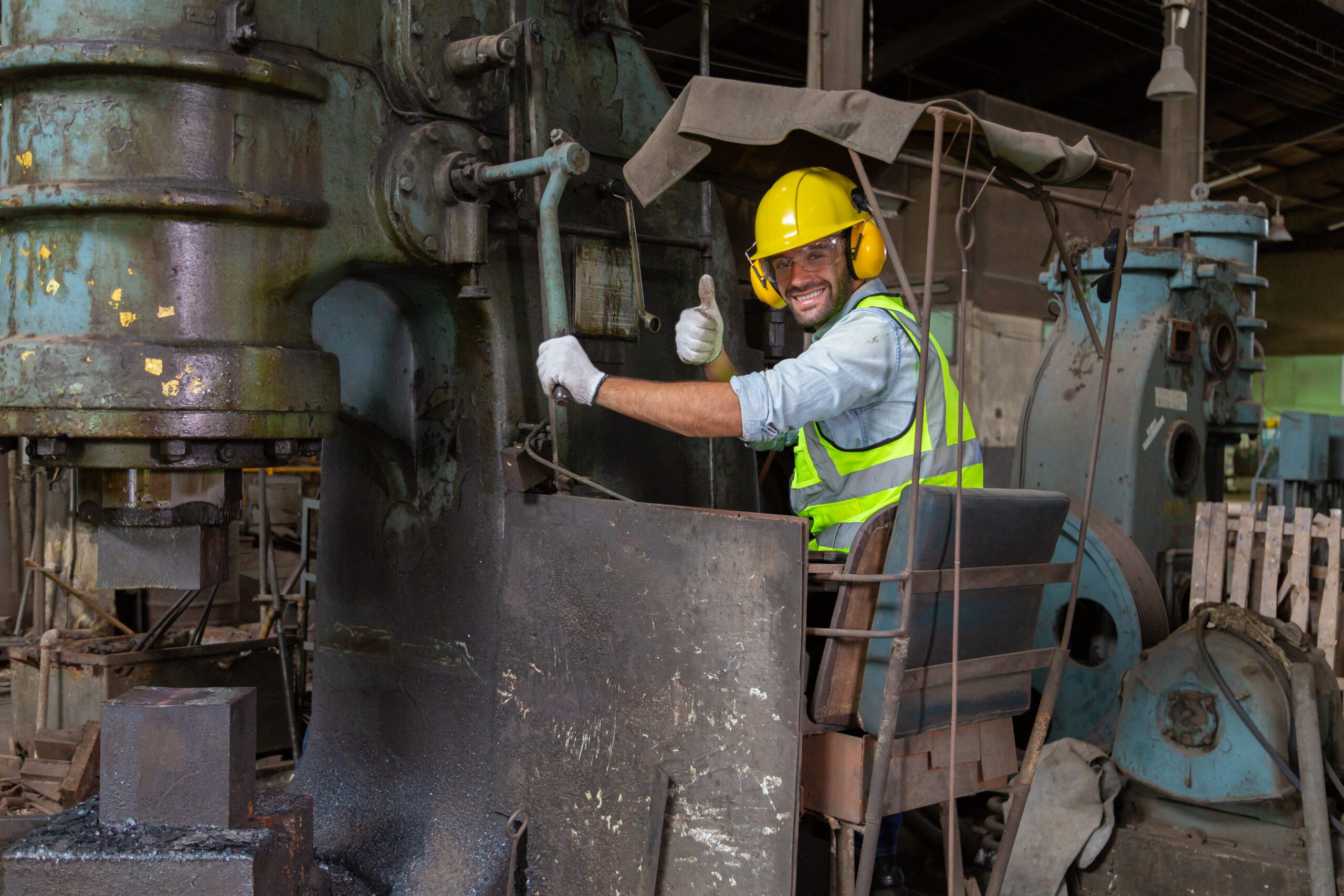
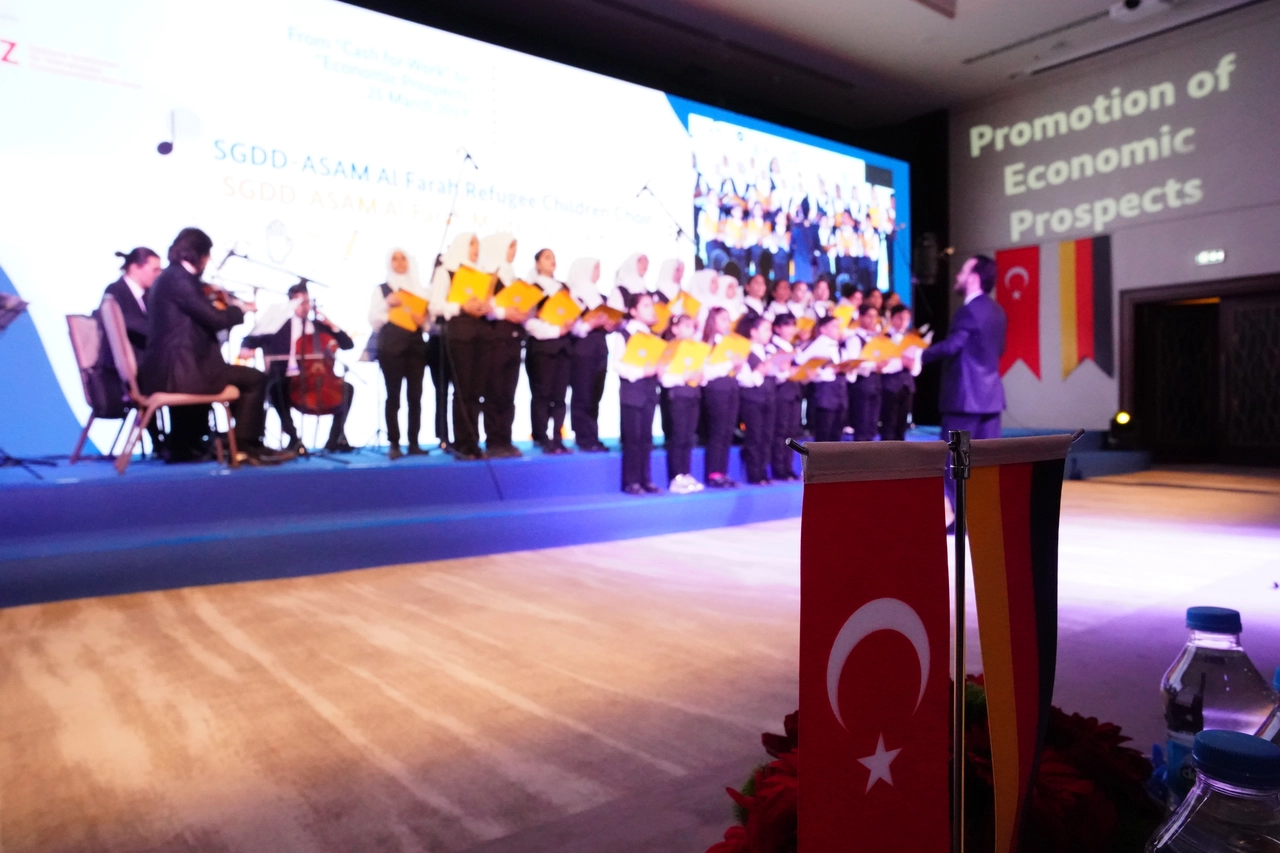
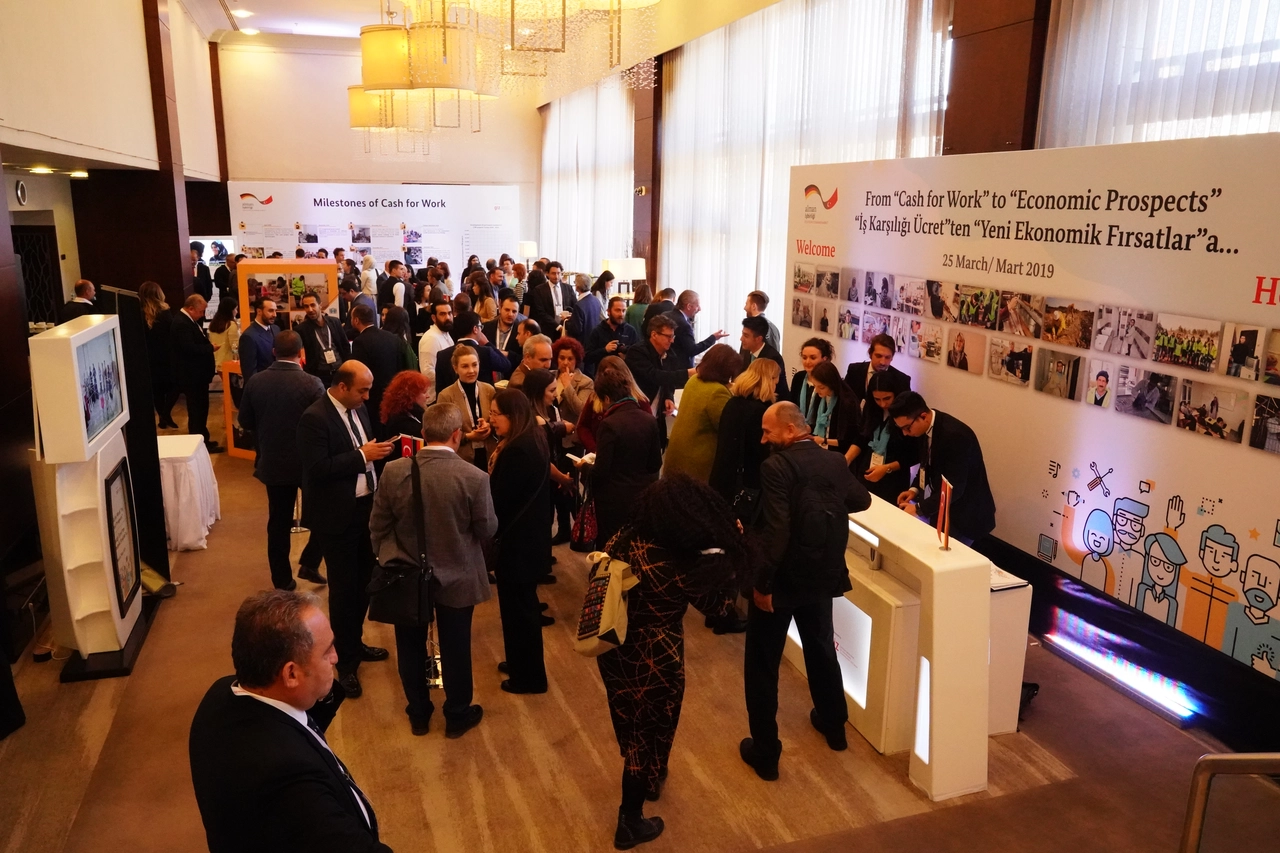
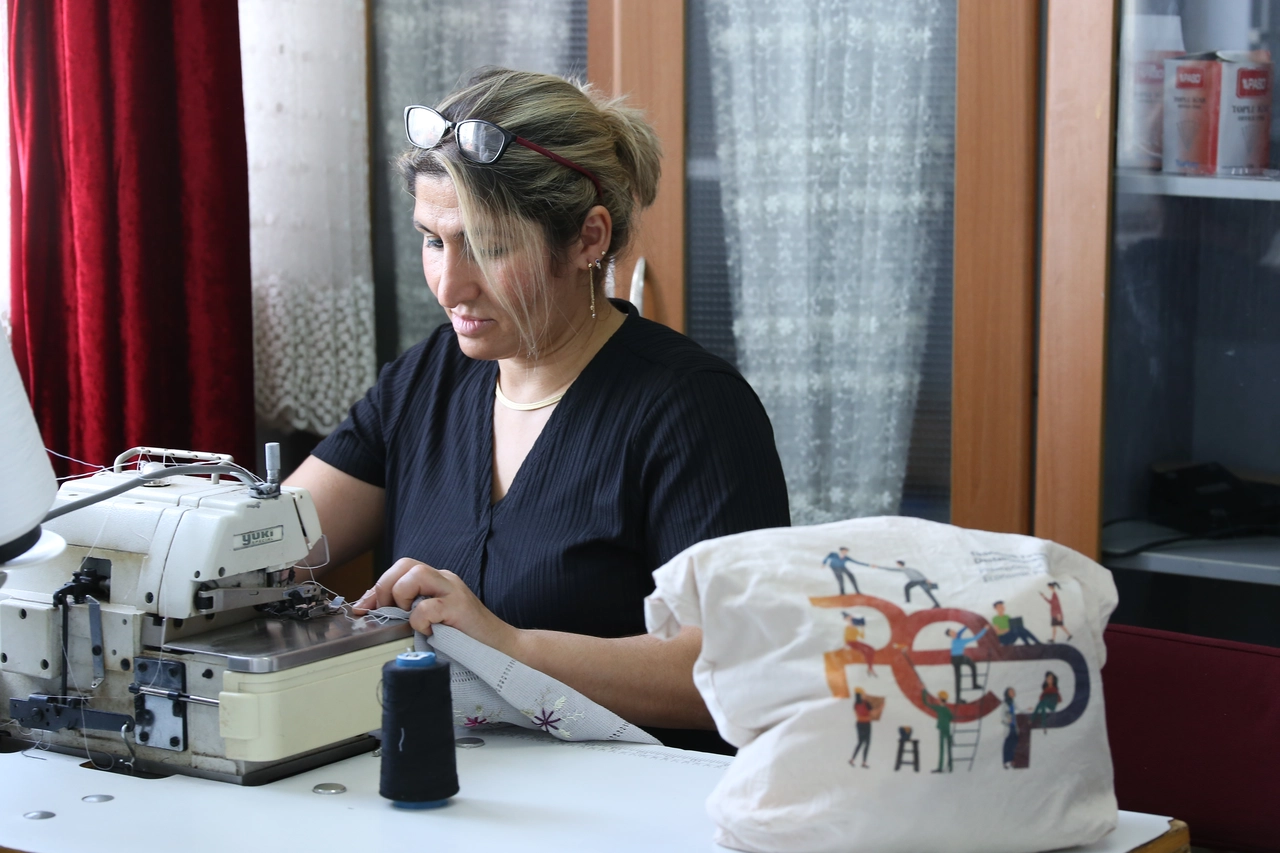
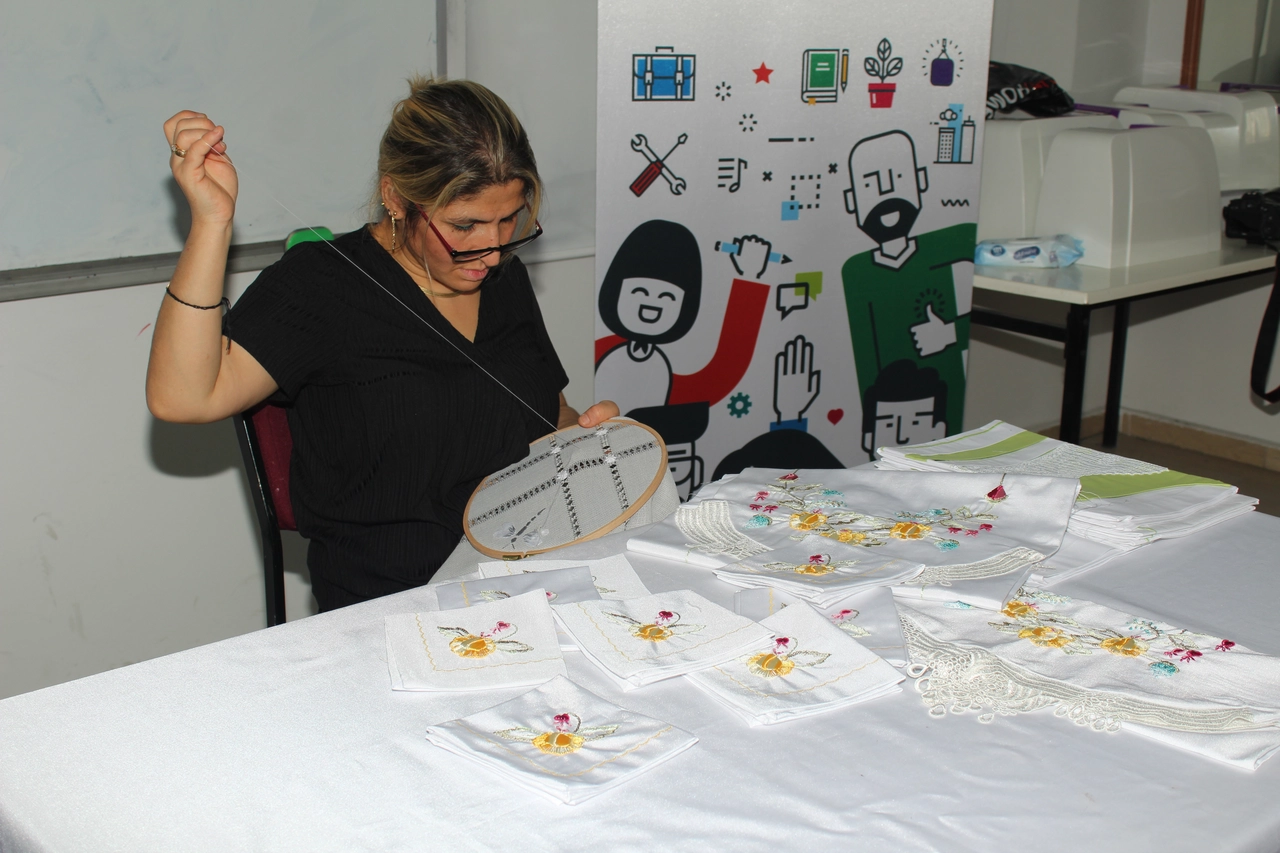
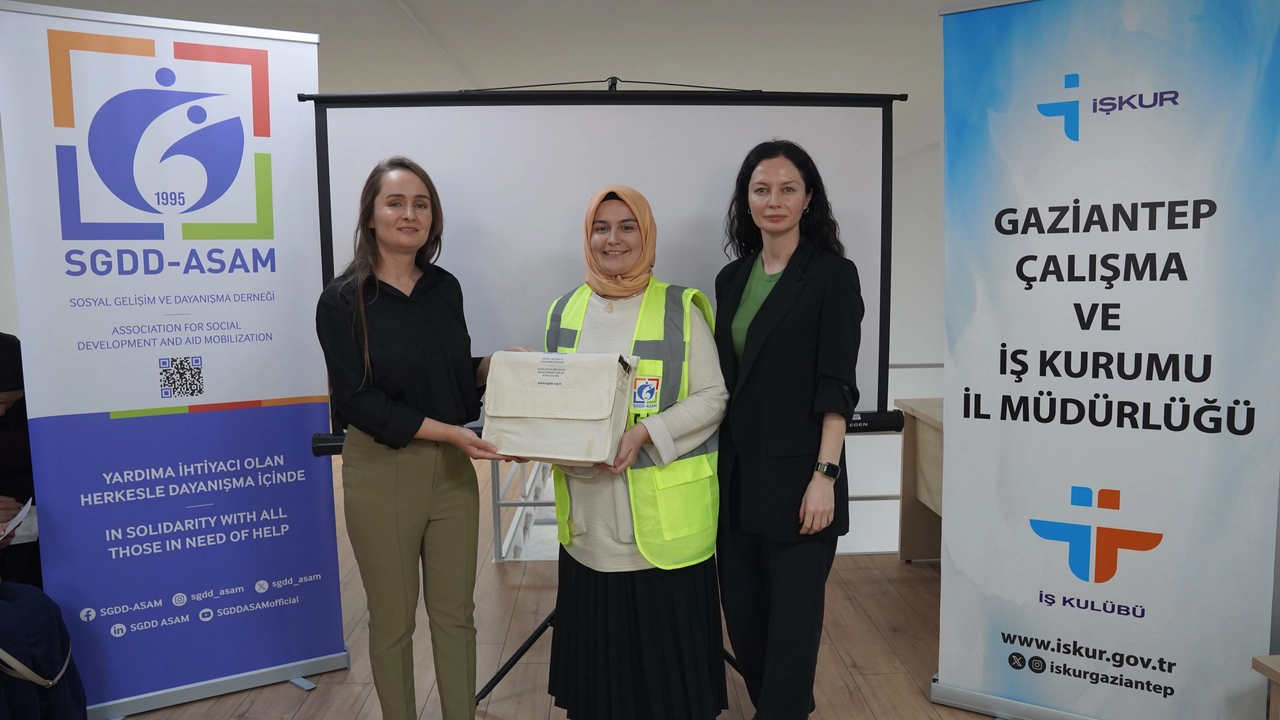
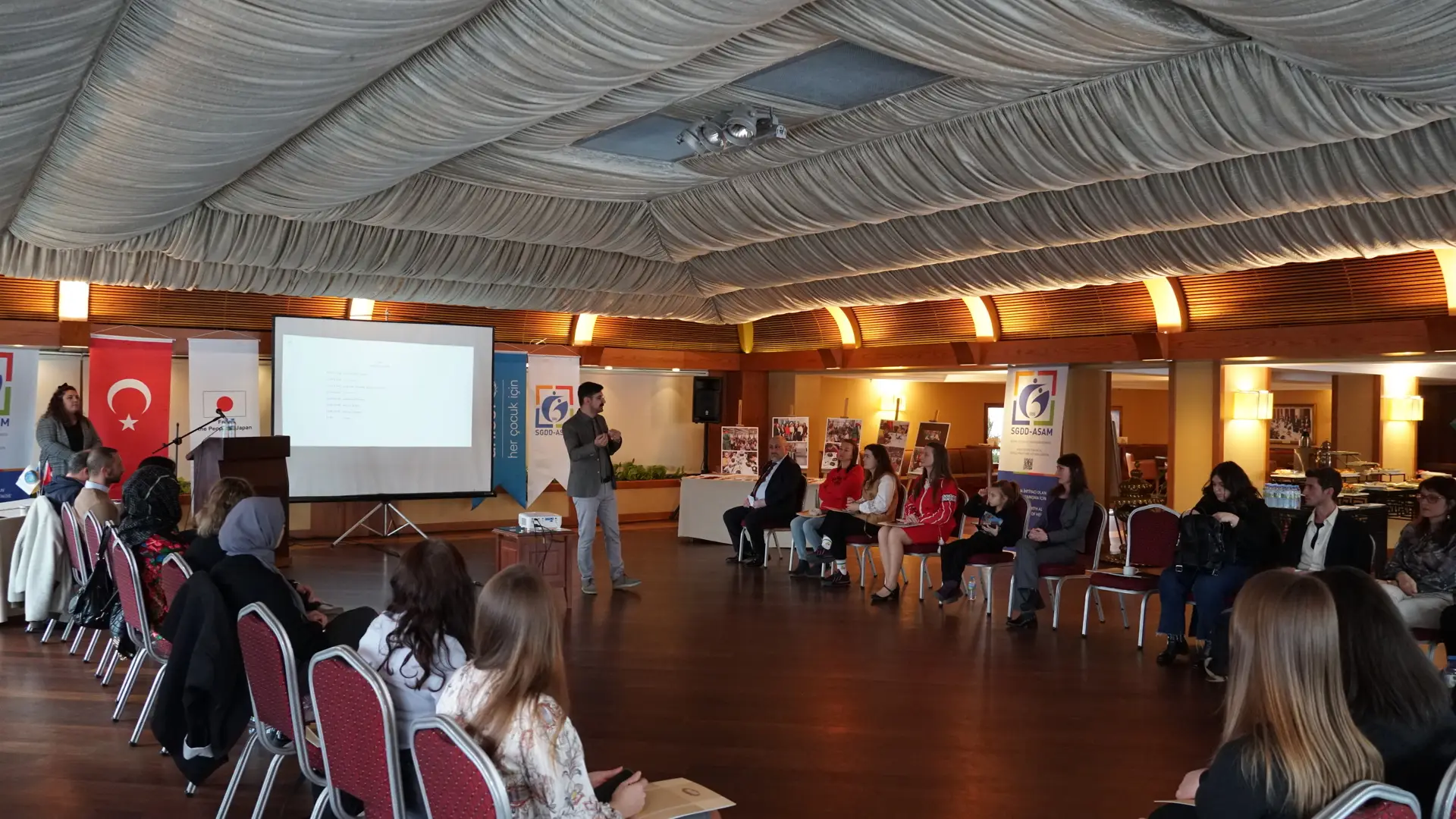
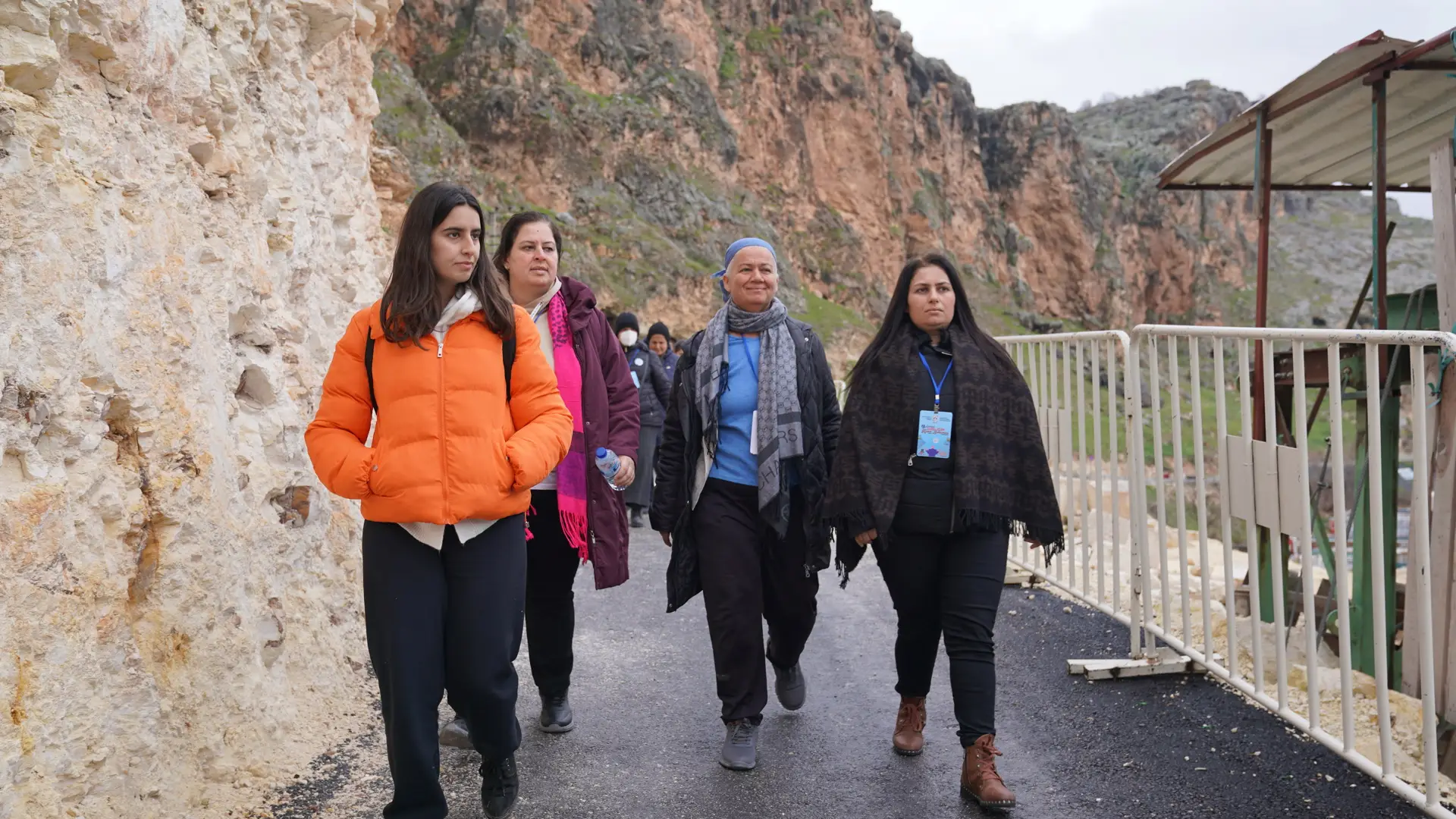
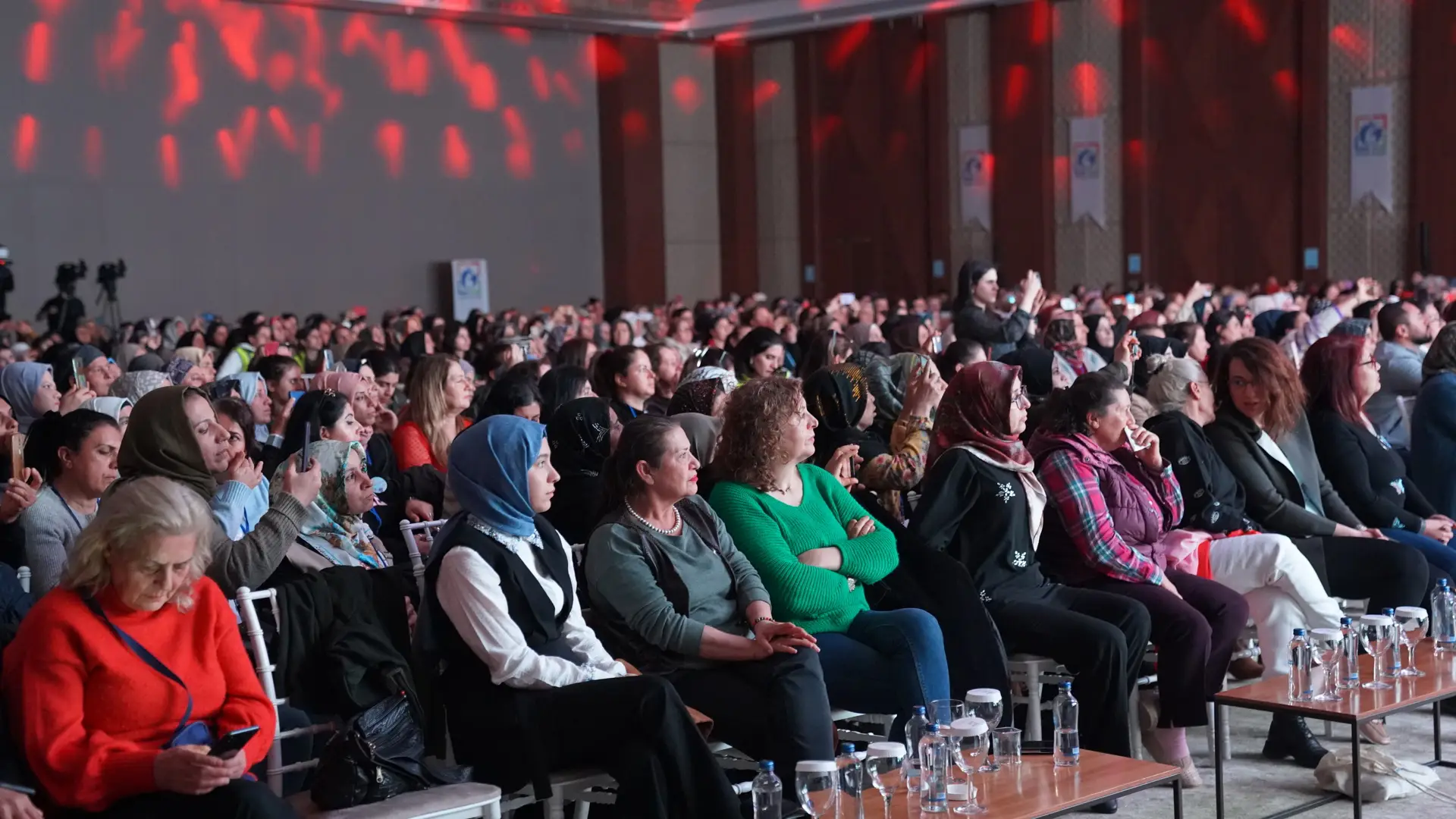
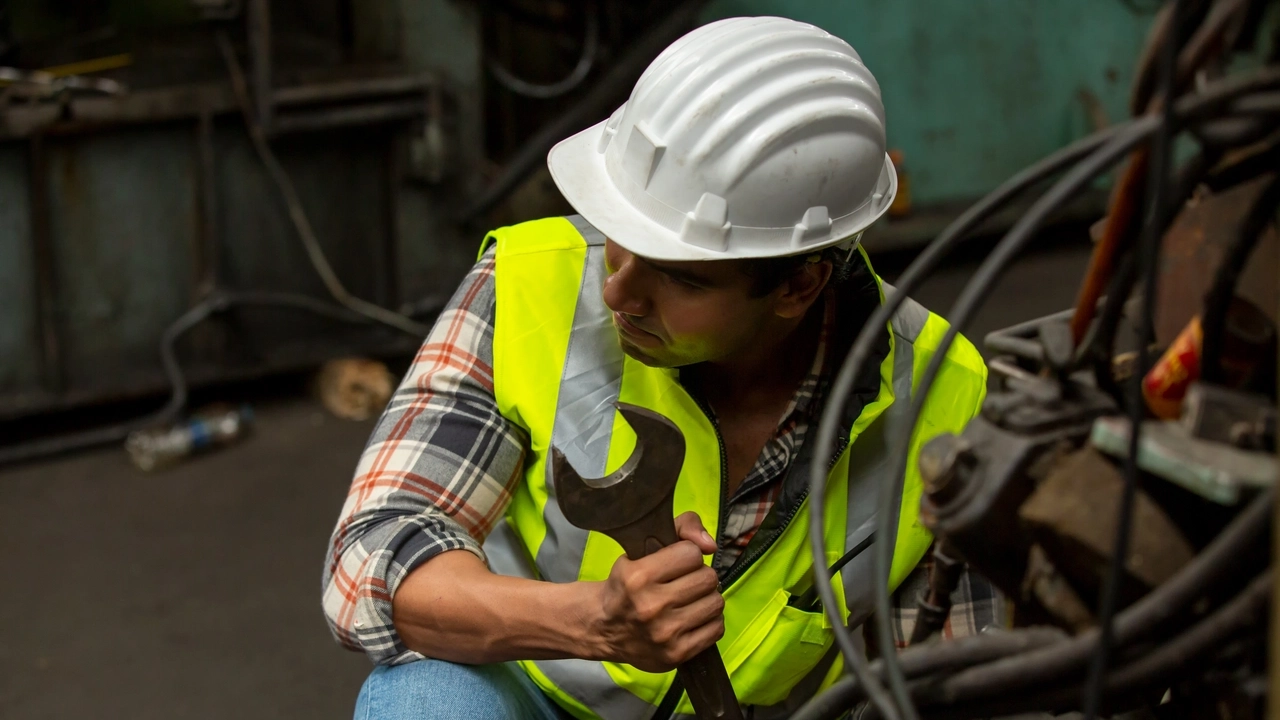
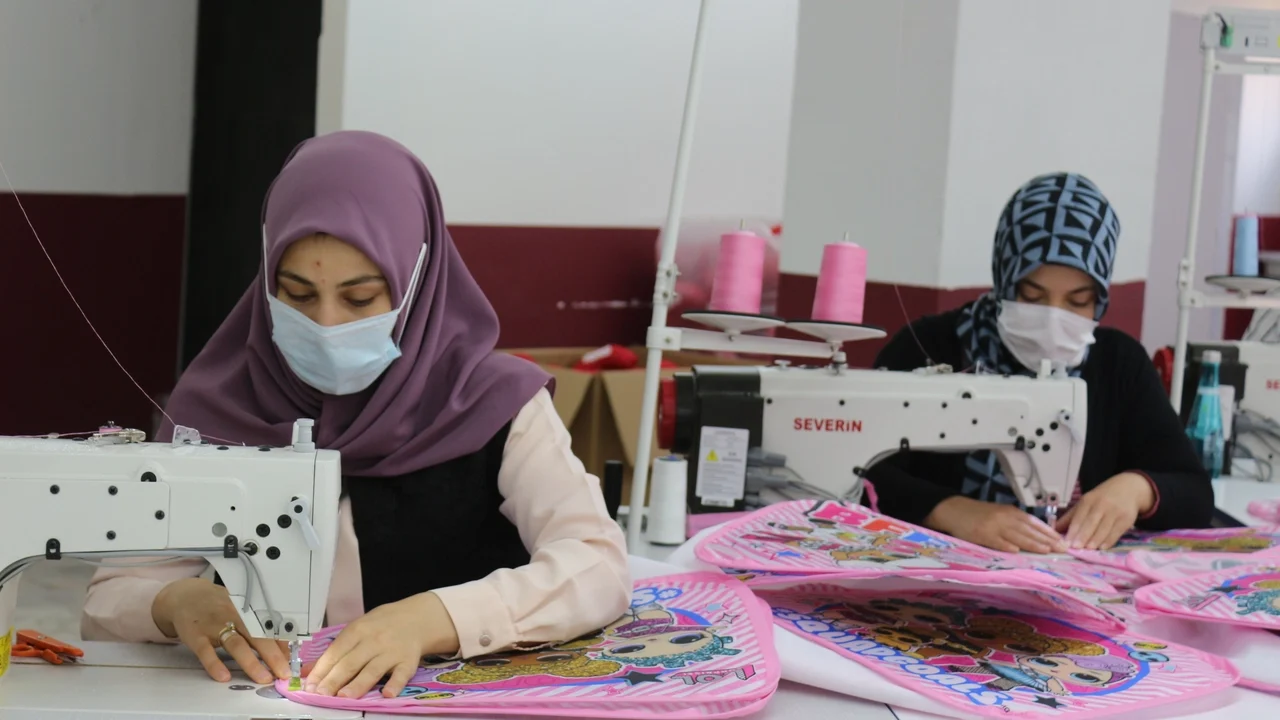
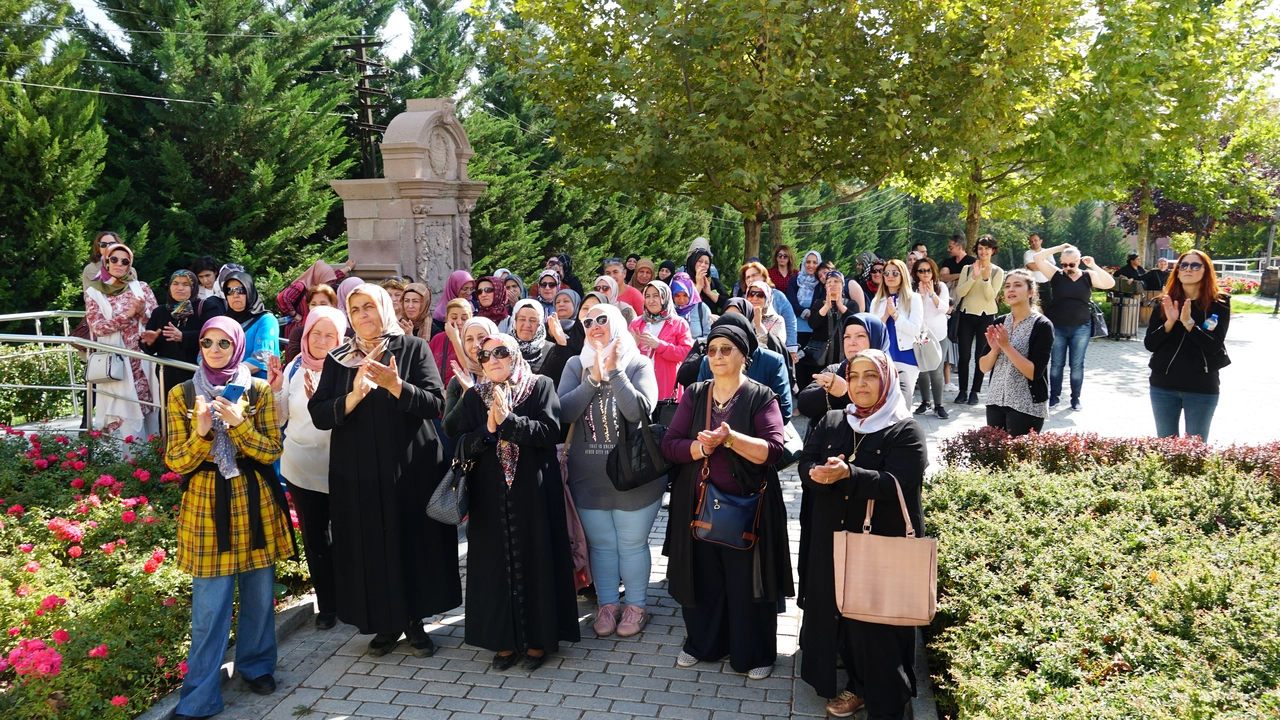

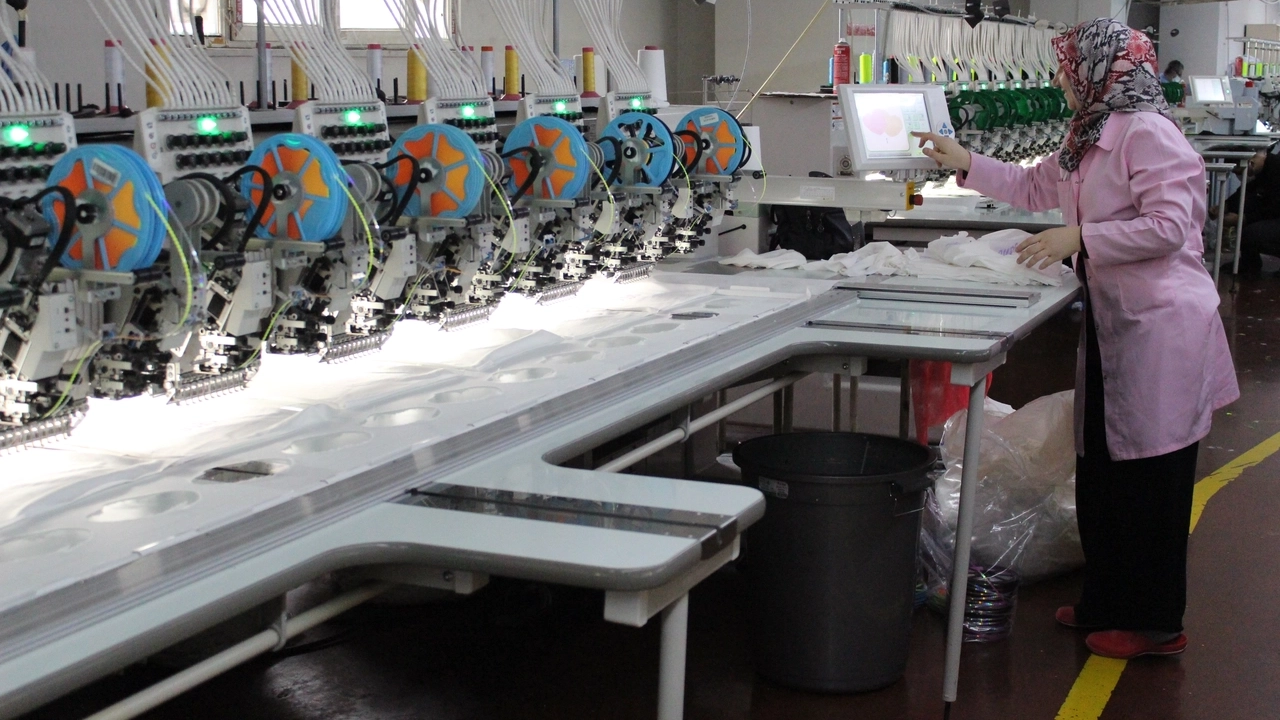
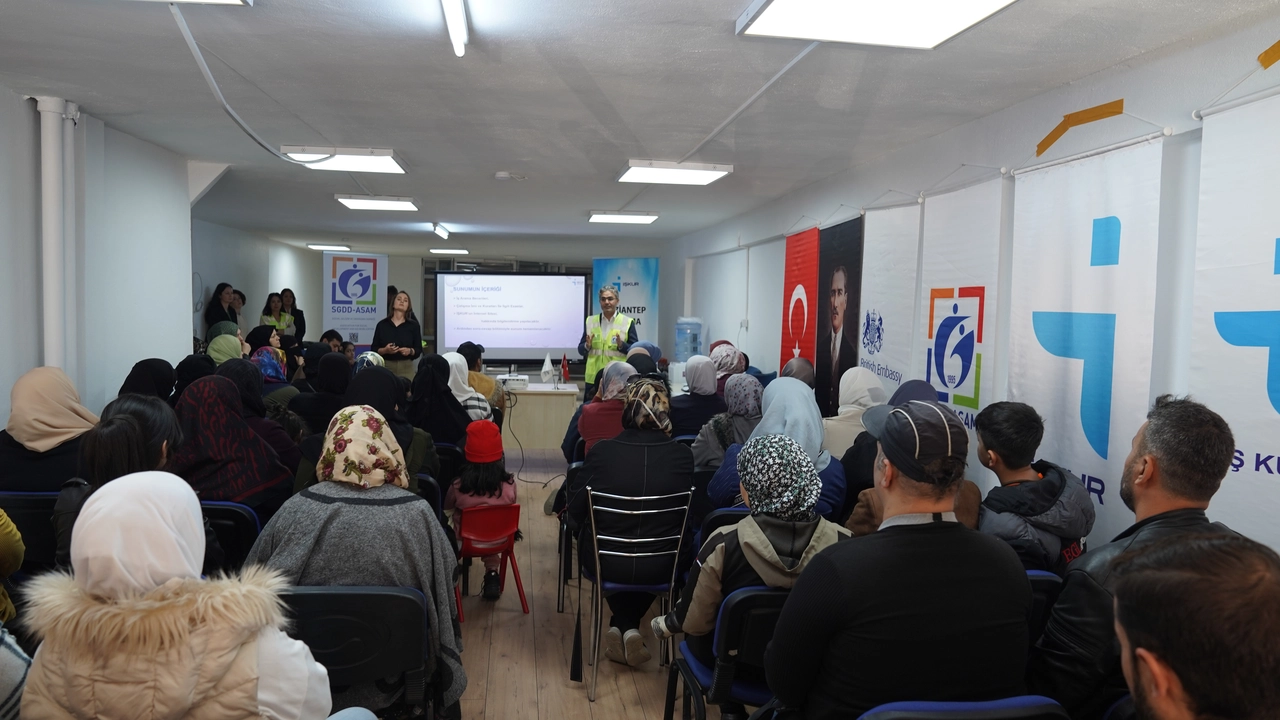

While existing national and international legal frameworks limit the definition of refugees, many policy documents are beginning to acknowledge new migration trends resulting from the climate crisis. ASAM will continue to advocate for climate refugees, as even recognized refugees today have their root reasons of migrating from the conflict zones in safety and security of ecosystem related resources and livelihoods.